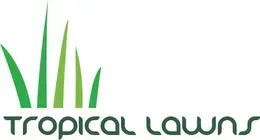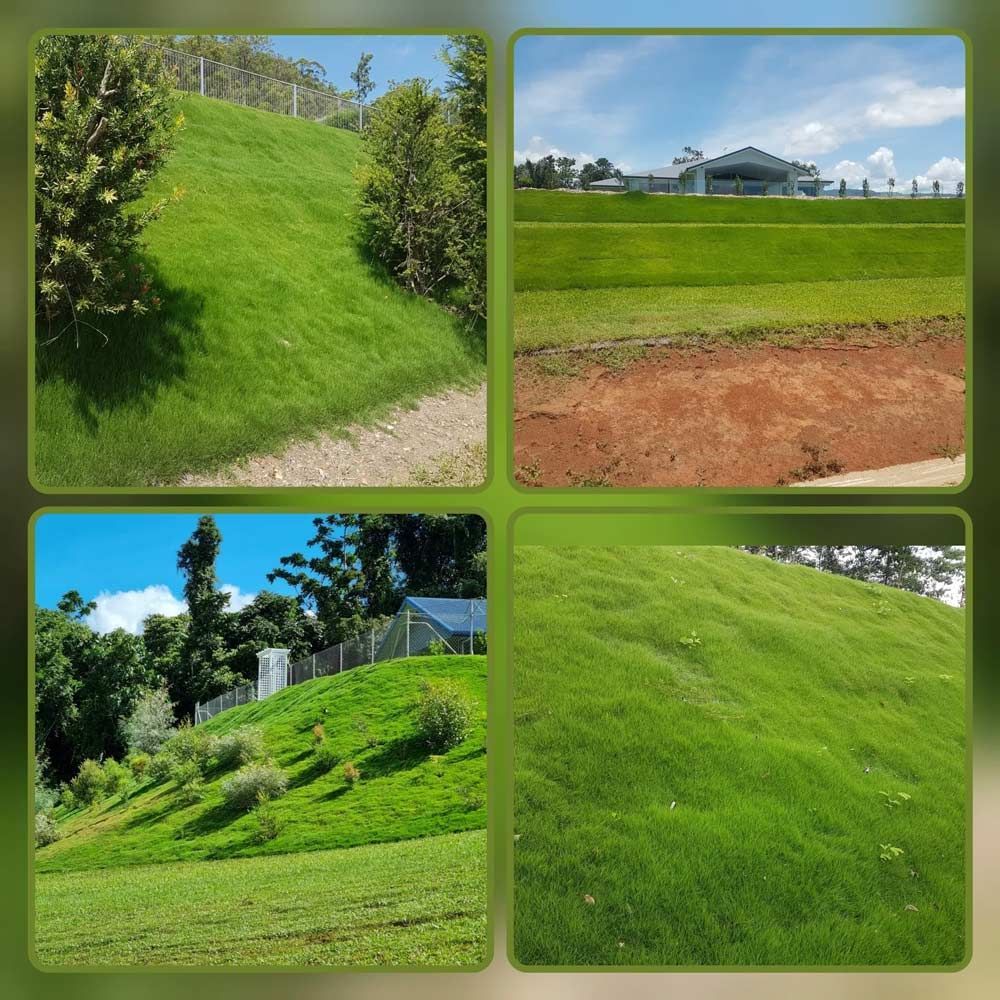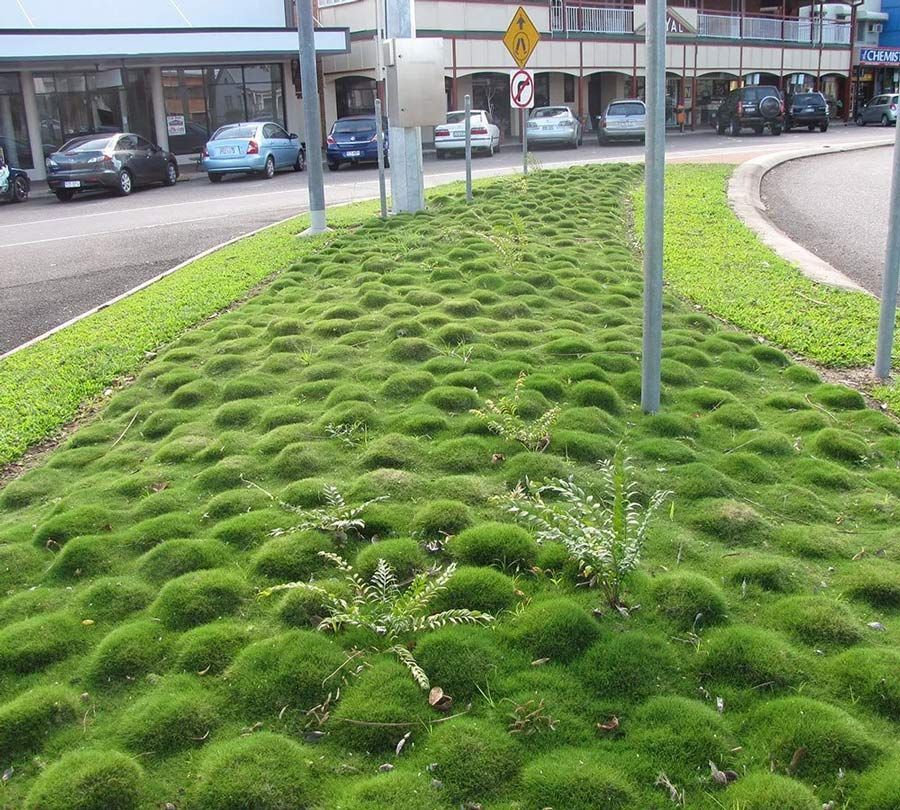Zoysia Grass in Cairns
- Sustainable Lawns for Today and the Future
- Low-Maintenance, High-Performance Turf Varieties
- Specialists in Climate-Adapted Grass for Cairns
Get In Touch
Zoysia Grass for A Better Environment
Zoysia grass species are native to tropical and temperate parts of south and eastern Asia and the tropics of northern Australia. They form dense mats of grass and are slow-growing, as well as low-growing. Zoysias are tough grasses that survive with low nutrition and varying water quality. They are versatile grasses that can be used as home lawns, feature areas in landscaping and provide environmental solutions that no other turf grasses can.
Two species, Z.matrella and Z.macrantha, are native to Australia and occur naturally along the coastline from Etty Bay to Port Douglas in North Queensland, where they were collected for the Botanical Gardens in Brisbane more than 100 years ago. Matrella is very shade-tolerant and salt-tolerant; Macrantha is shade-tolerant and exceptionally good in salty conditions. Both have been used extensively in coastal environments where salt intrusion is likely, and in feature landscapes that require unique qualities. Tropical Lawns grows four species and one hybrid variety suitable for Cairns and FNQ climates.
Embankments & Slopes with Zoysia Matrella
Our Shade Tuff/Zoysia Metrella is the best grass if you want to turf an embankment. It is slow growing and can be left alone after installation. We also provide pins depending on the steepness of the slope or embankment. Please give us a call if you are planning such a project, and we can assist you in finding the best-fitting grass.
The Best Turf for Easy Maintenance
Zoysia grasses grow in harsh conditions, with many benefits like a low nutrient requirement, less frequent mowing and fractional clipping removal. If they have a downside, it is that mowing needs to be managed well. Many people see that they are slow-growing and leave mowing for months, then find it very hard to mow.
The correct procedure is to mow every two to three weeks in Summer, less frequently as the weather cools, removing one-third of the leaf area at a time. See our PDF attachment for management practices.



















